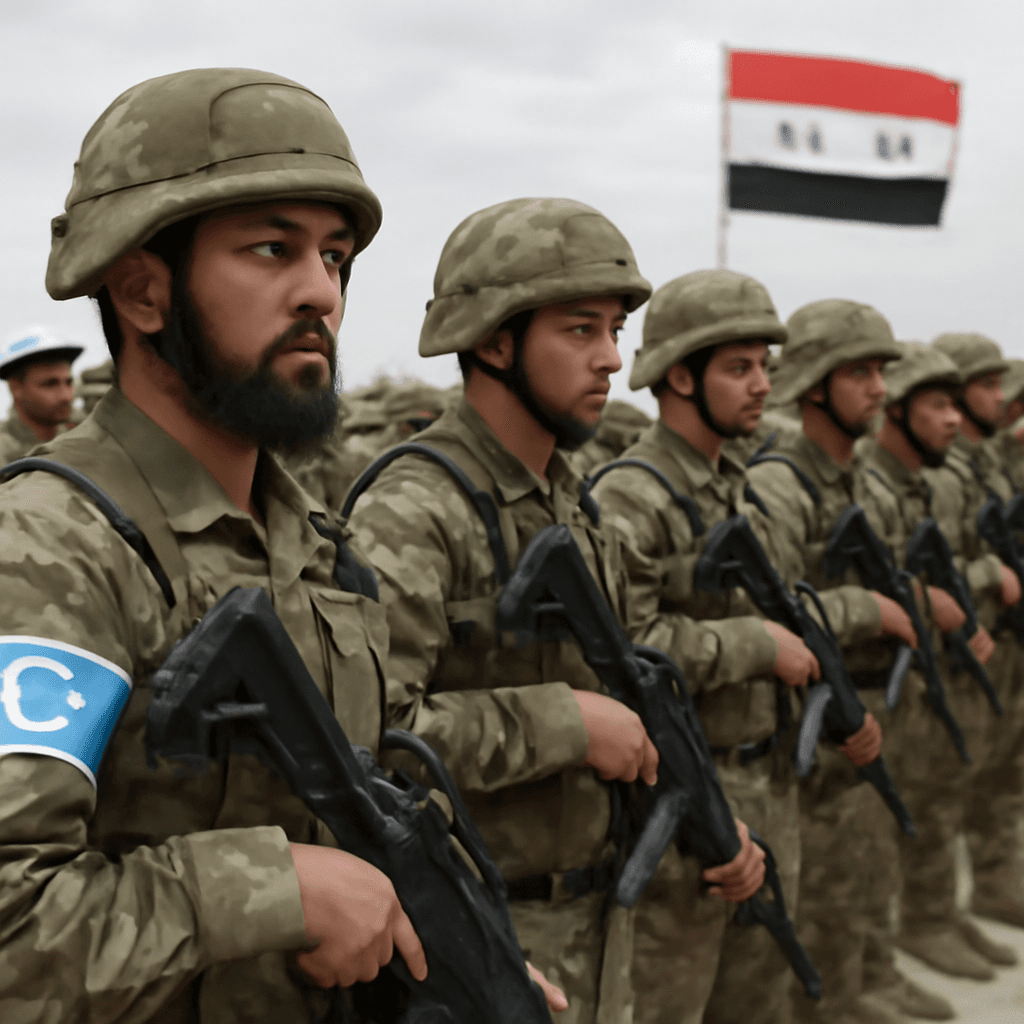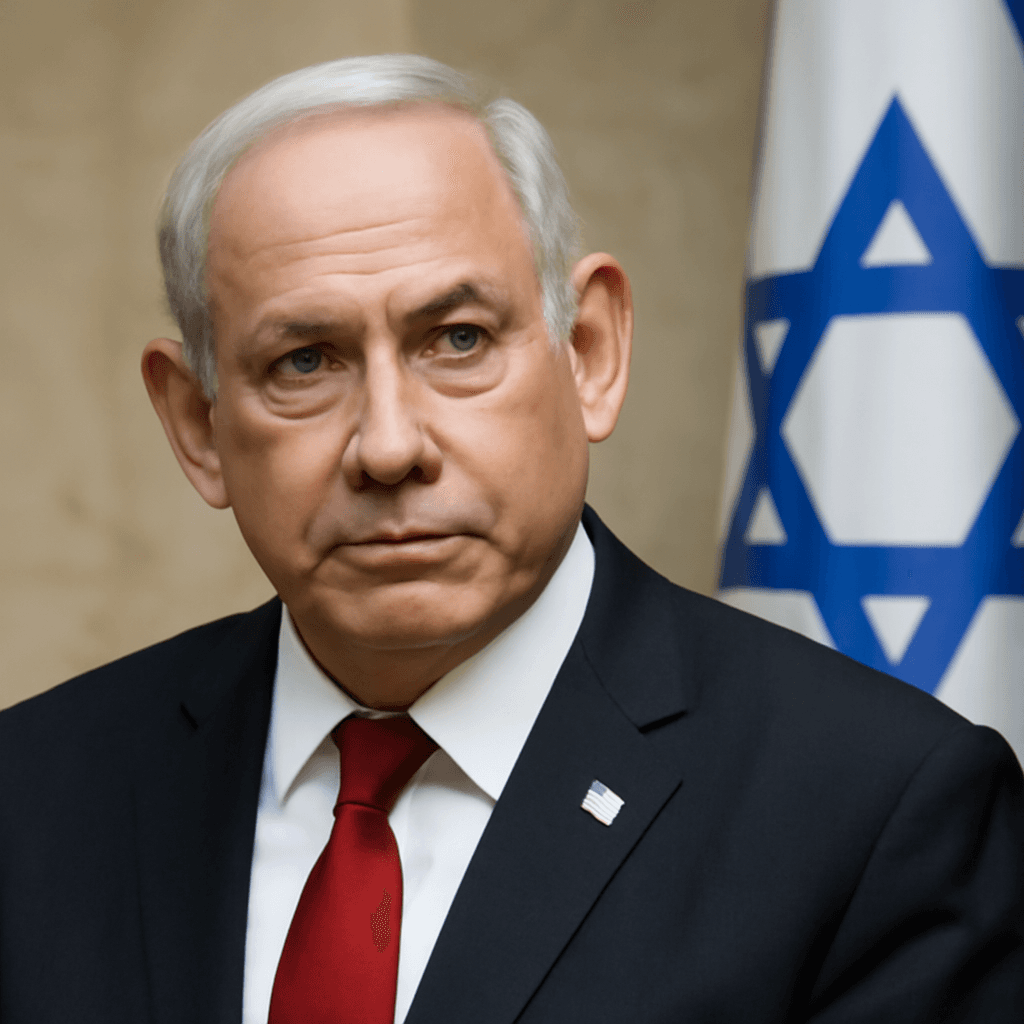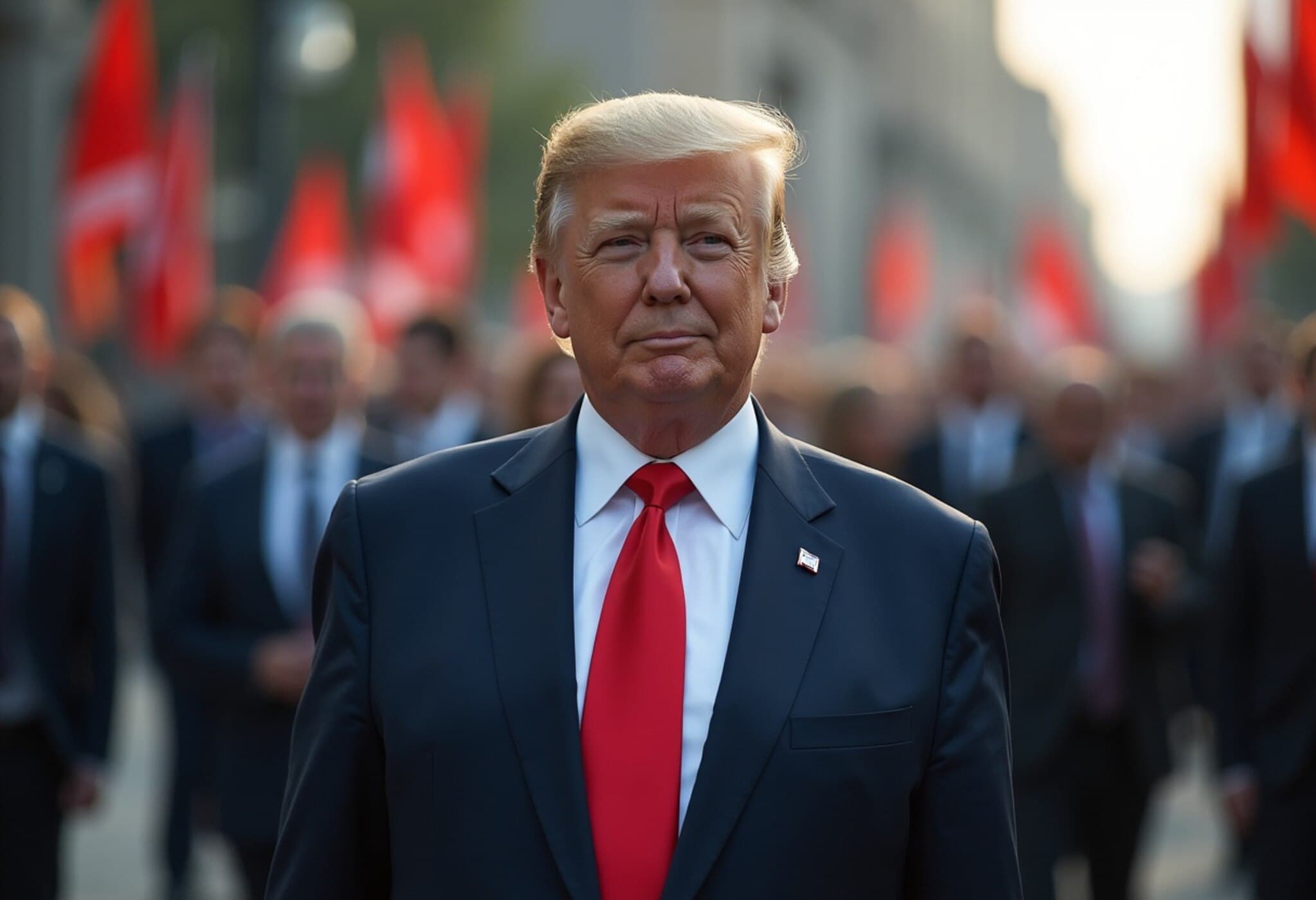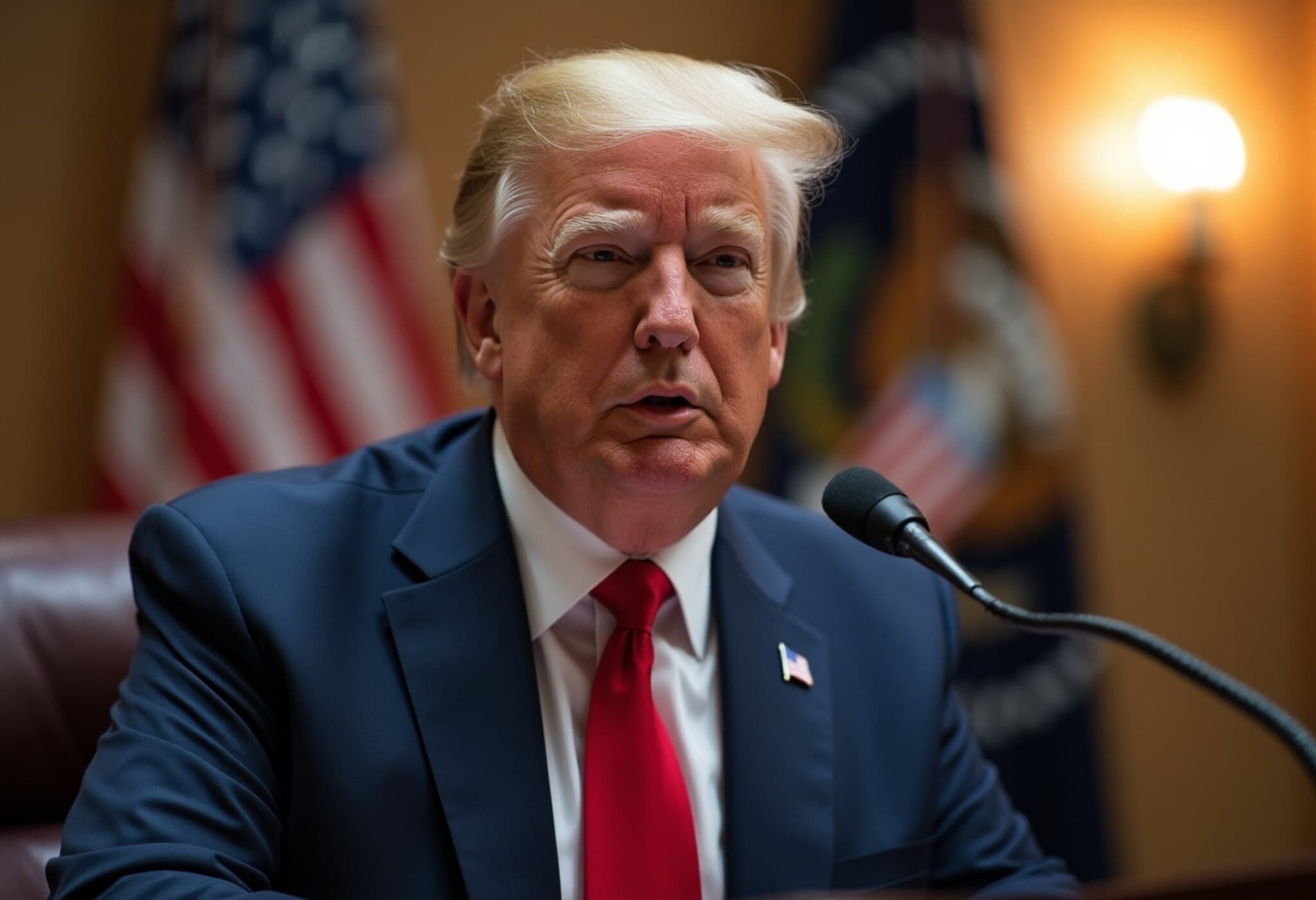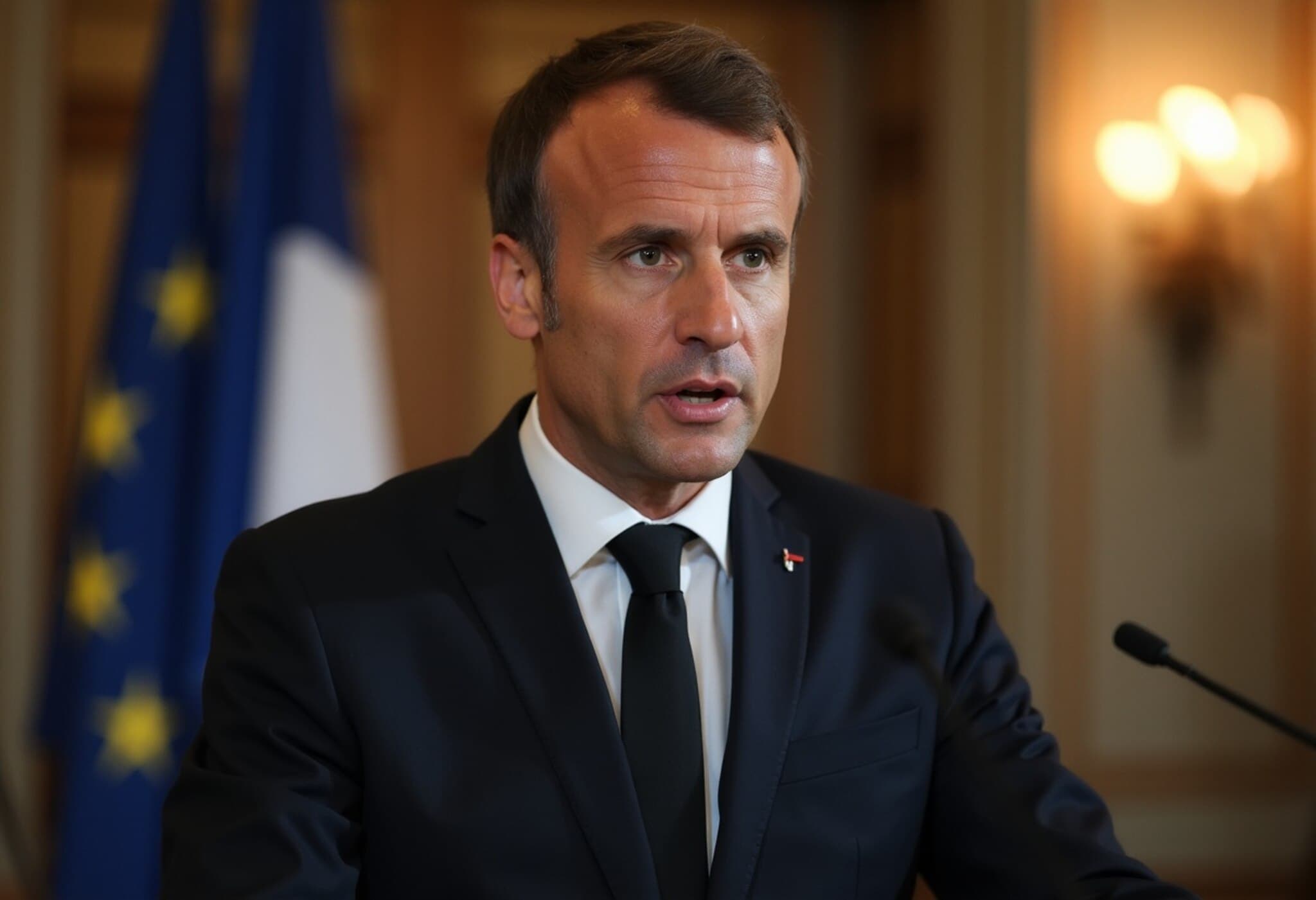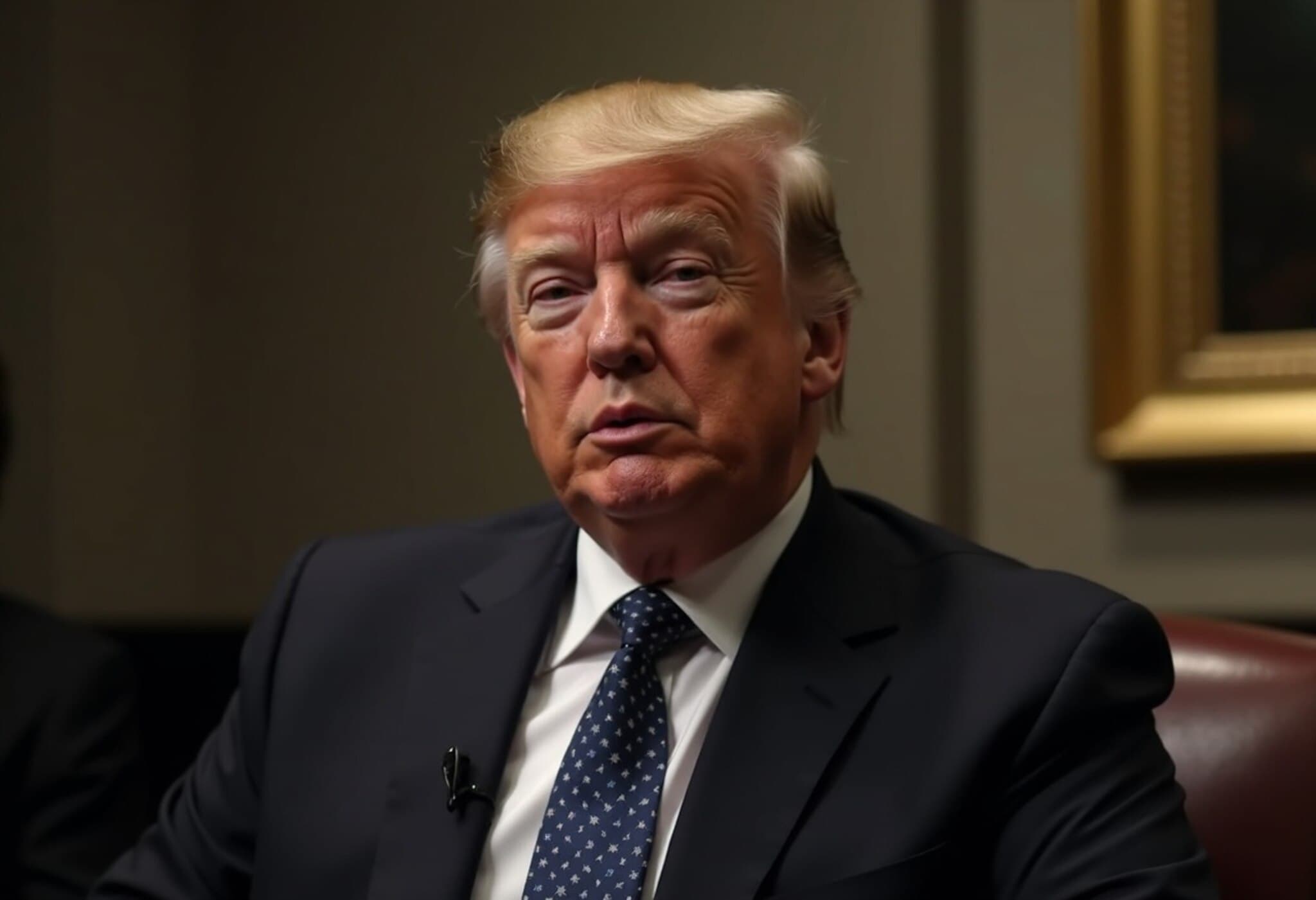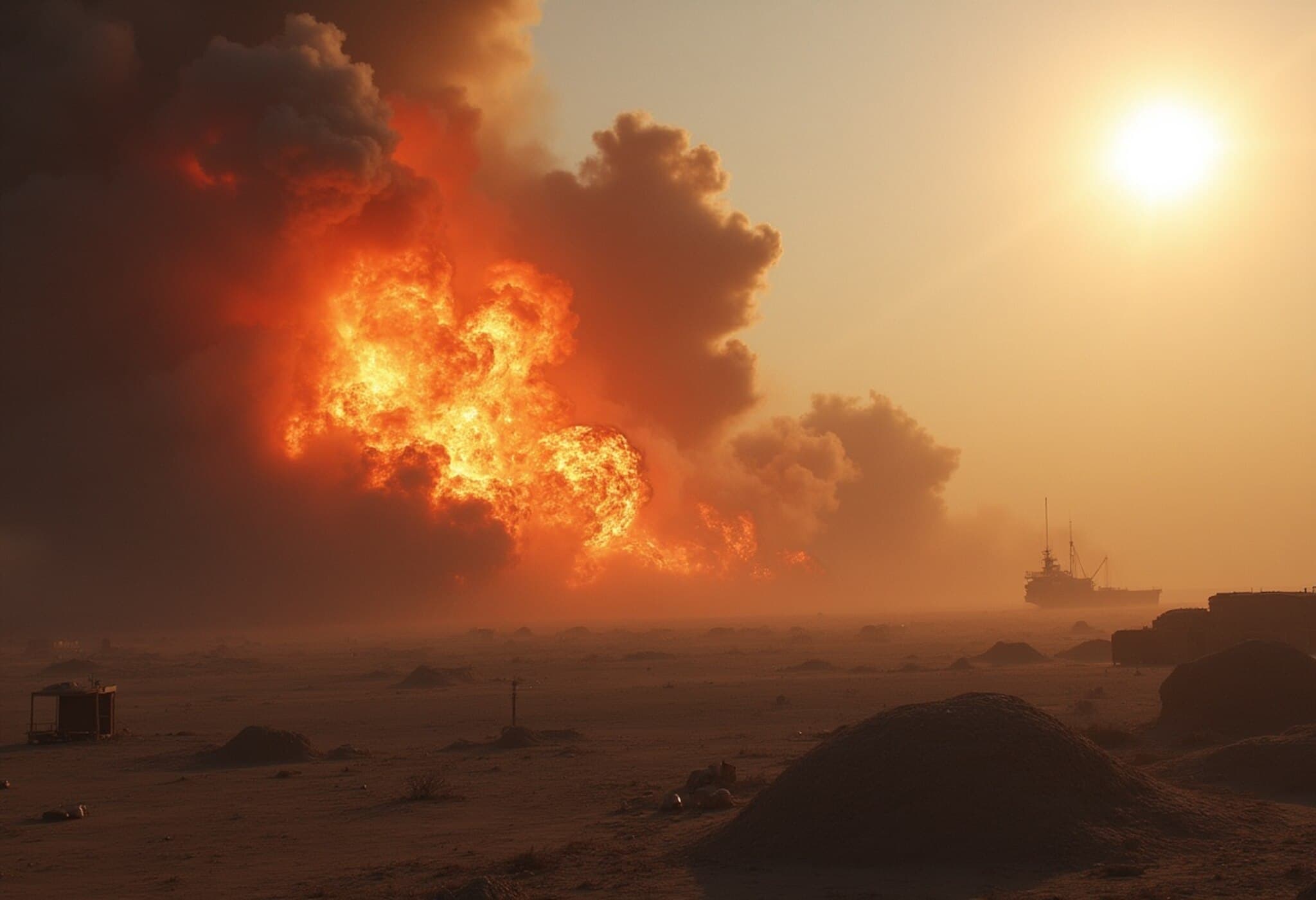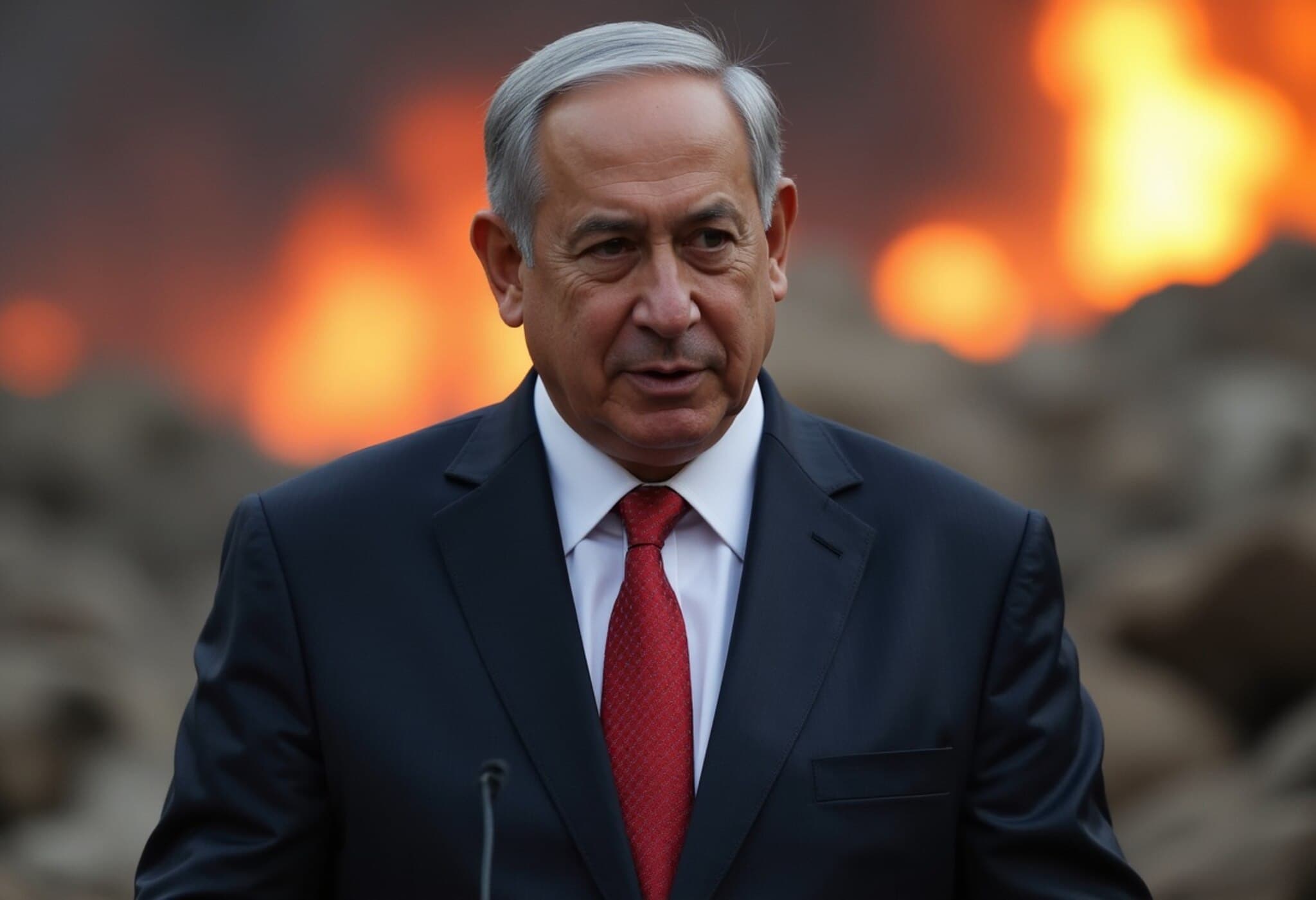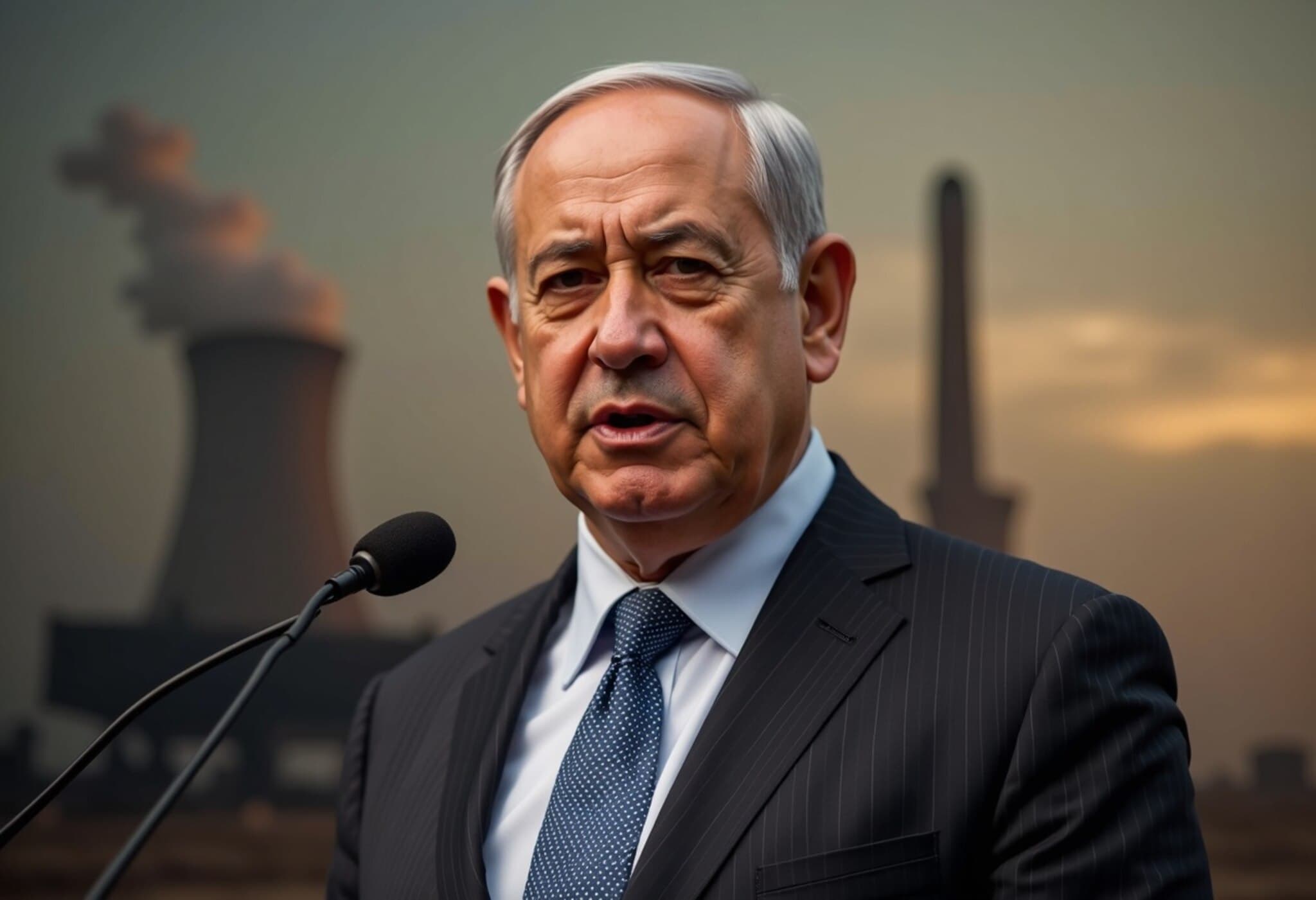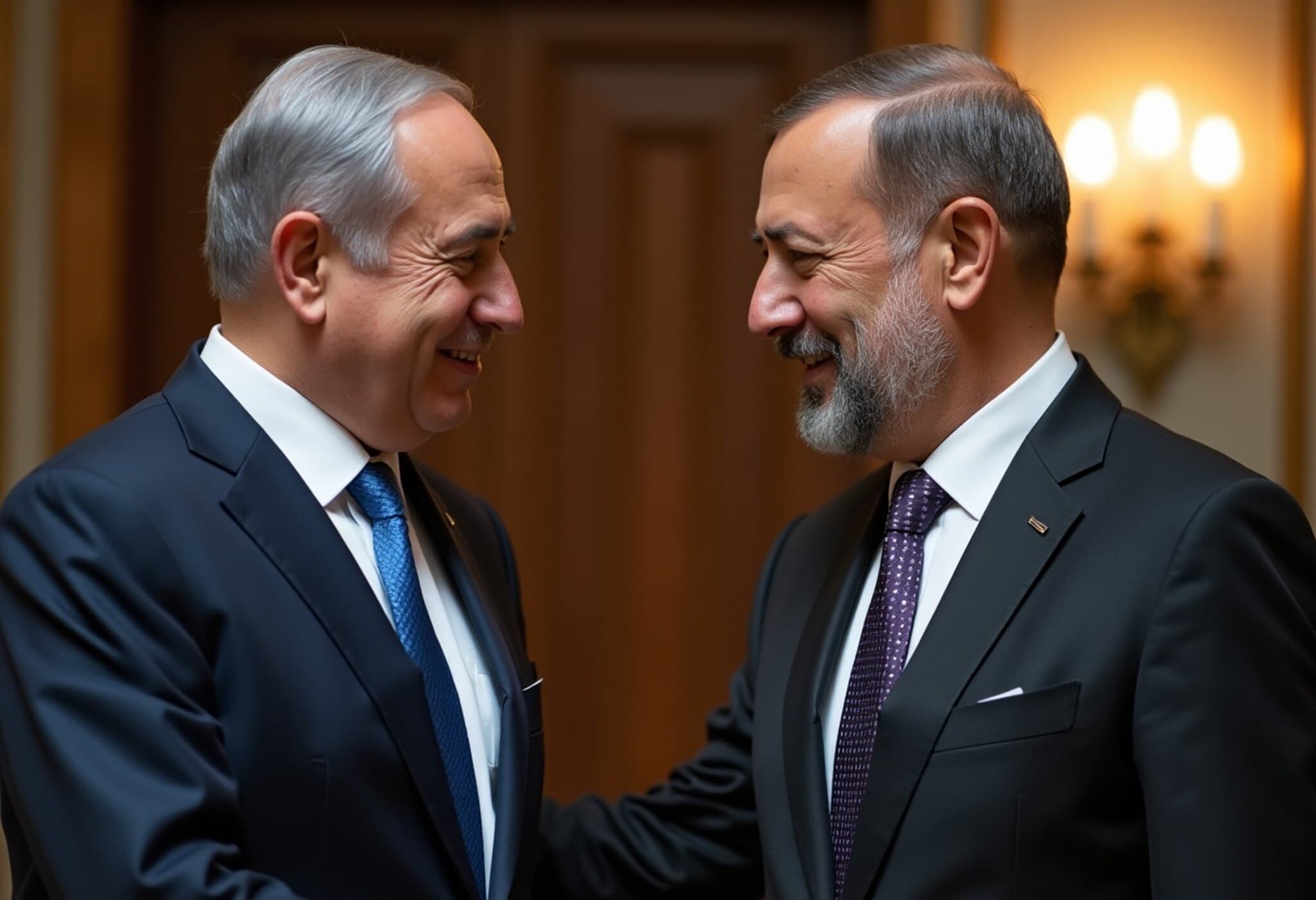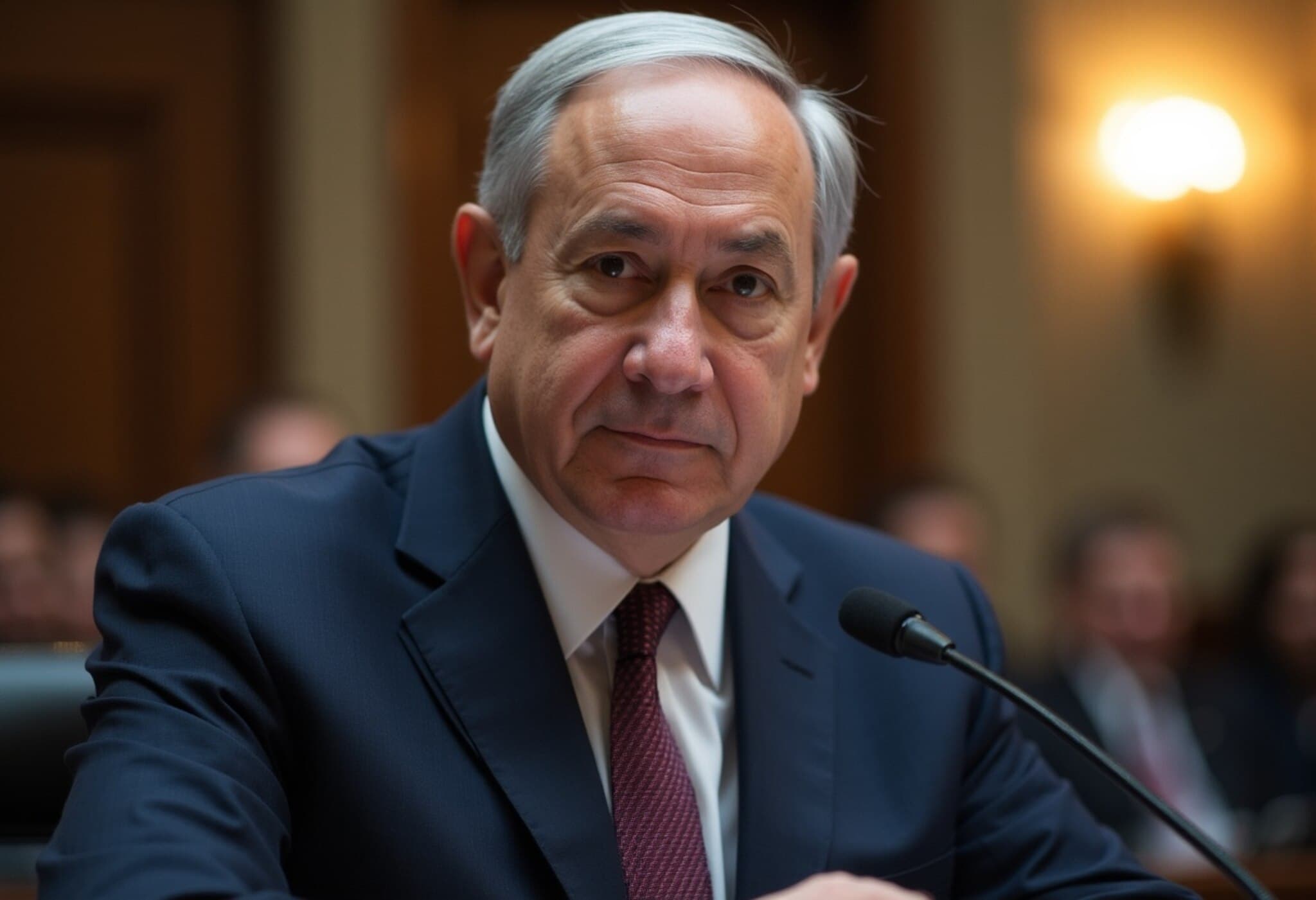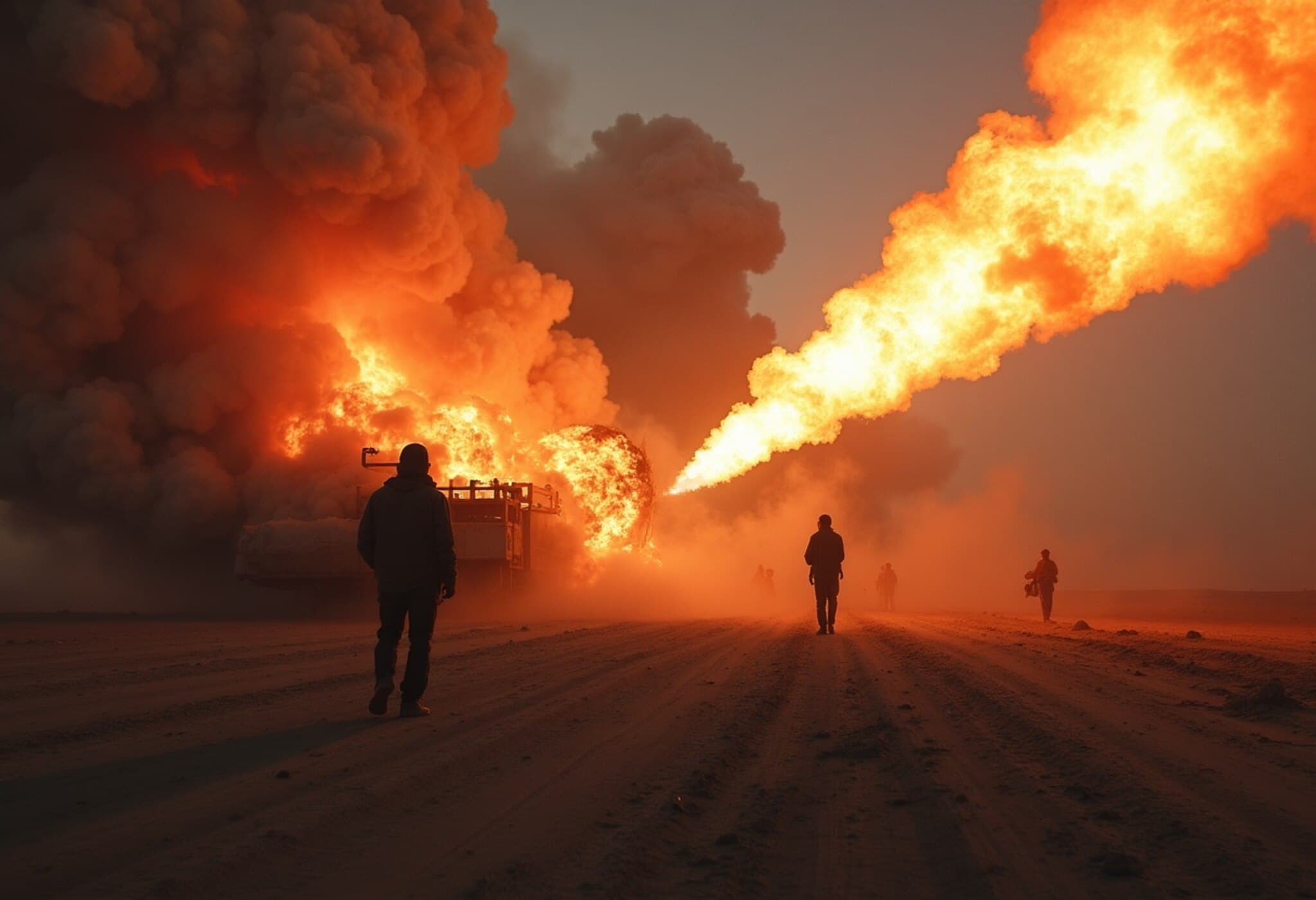Netanyahu’s Strategic Preparations for a Strike on Iran
Months before sitting down with the U.S. President, Israeli Prime Minister Benjamin Netanyahu had already set in motion plans for a significant military strike against Iran. Following successful operations last October that dismantled Iran’s air defense network and weakened Hezbollah's proxy forces, Netanyahu reportedly issued a broad directive to prepare for offensive action against Iran’s nuclear infrastructure.
Early Moves and Intelligence Efforts
After crippling air defenses in Lebanon, Syria, and Iraq, Israeli intelligence began meticulous preparations. They compiled detailed lists of key Iranian nuclear scientists and military commanders as potential targets. Israeli air forces conducted operations aimed at neutralizing further air defense capabilities, setting the stage for a wider campaign.
Timing the Strike: June 2025
By March, Israeli officials had resolved to execute a strike by June, whether or not the United States would provide direct support. This decision was driven by concern that Iran was rapidly rebuilding its defenses, limiting the window of opportunity. Significantly, this determination was made several weeks before Netanyahu's April meeting with U.S. President Donald Trump, underscoring that the offensive was not simply a reactive measure.
An Israeli official summarized the rationale: "Israelis have never been more well-practiced, and Iran and their proxies have never been weaker. But the real reason is necessity—there is no alternative."
Strategic Considerations Beyond Intelligence
The impetus for striking was not fresh intelligence signaling an imminent Iranian nuclear breakout. Instead, it reflected a calculated strategic choice to degrade Iran’s nuclear capabilities while they were vulnerable. Netanyahu, in interviews following the strike, revealed that the decision was difficult and deliberate, finalized only a couple of weeks before initiating the operation.
Even more telling, Netanyahu was explicit on Israeli television: "Those were my instructions. We're going after the scientists, take them out."
Years-Long Covert Campaign
Israel’s intelligence apparatus, particularly Mossad, had spent years tracking Iran's nuclear scientists. This covert effort involved smuggling kamikaze drones and missile launchers into Iran to facilitate targeted assassinations. These clandestine operations severely undermined key facets of Iran's nuclear and missile programs, according to informed sources.
Contrasting U.S. Intelligence Views
While Israeli officials believed Iranian scientists were quietly advancing nuclear weaponization, U.S. intelligence agencies, including the Director of National Intelligence, asserted that Iran had not authorized development of a nuclear bomb. President Trump, however, publicly dismissed this perspective, expressing his belief that Iran was "very close" to achieving nuclear weapons capability.
Internal Debate Over the Strike’s Wisdom
The Israeli security establishment largely supported the offensive as a necessary preventive measure. Yet, some voices within Israel questioned the timing, especially since diplomatic efforts, led by Trump’s envoy, were still underway. Danny Citrinowicz, a former senior Israeli intelligence official, noted, "We should have given the political route a chance. We gained operational achievements, but the risks are enormous."
Longstanding Resolve Against Iran’s Nuclear Ambitions
Netanyahu has consistently championed military action against Iran’s nuclear program for decades. One close advisor remarked on the recent campaign’s impact, saying, "All the scientists who were sneaking around, most of them are now sneaking around in hell."


